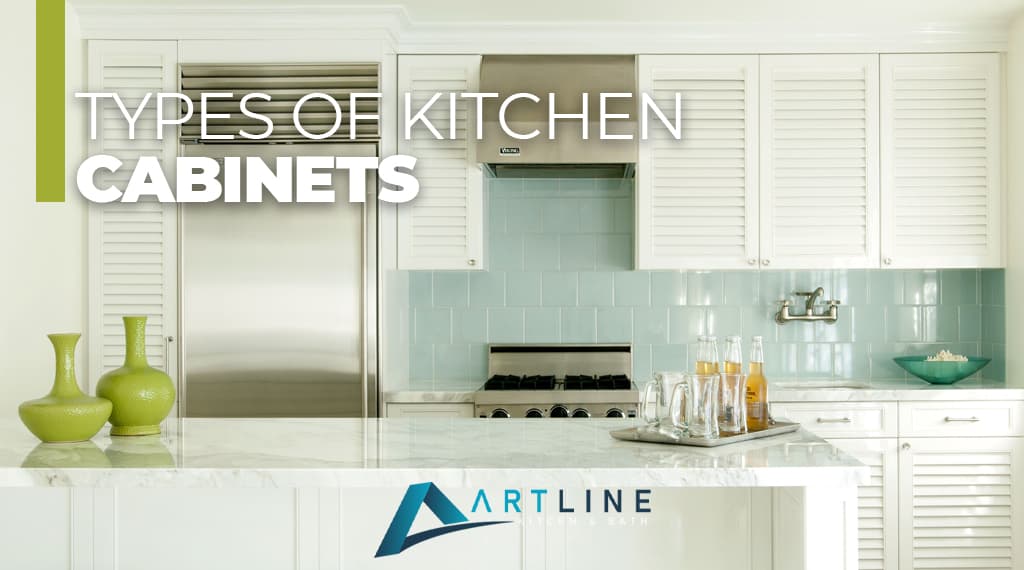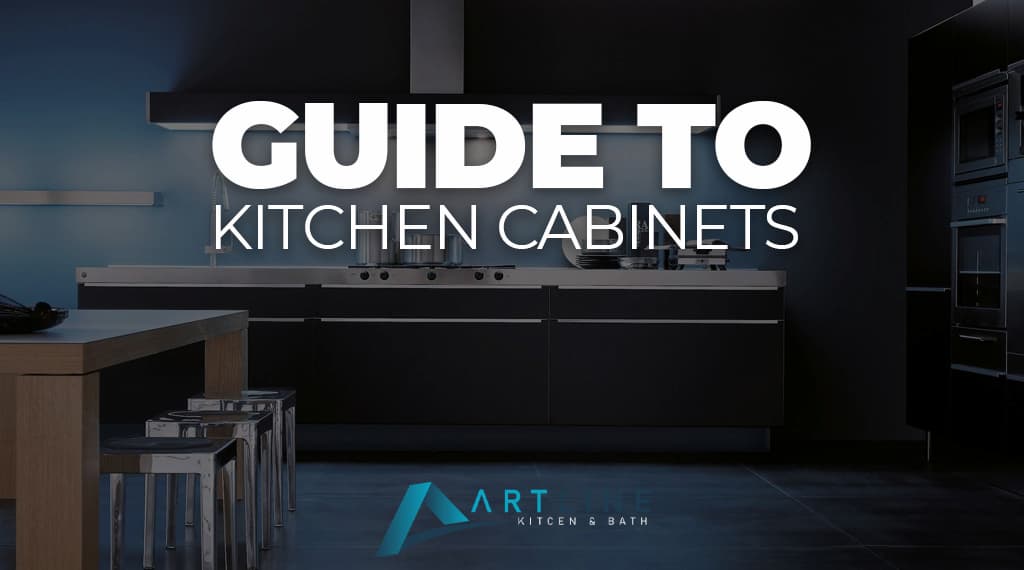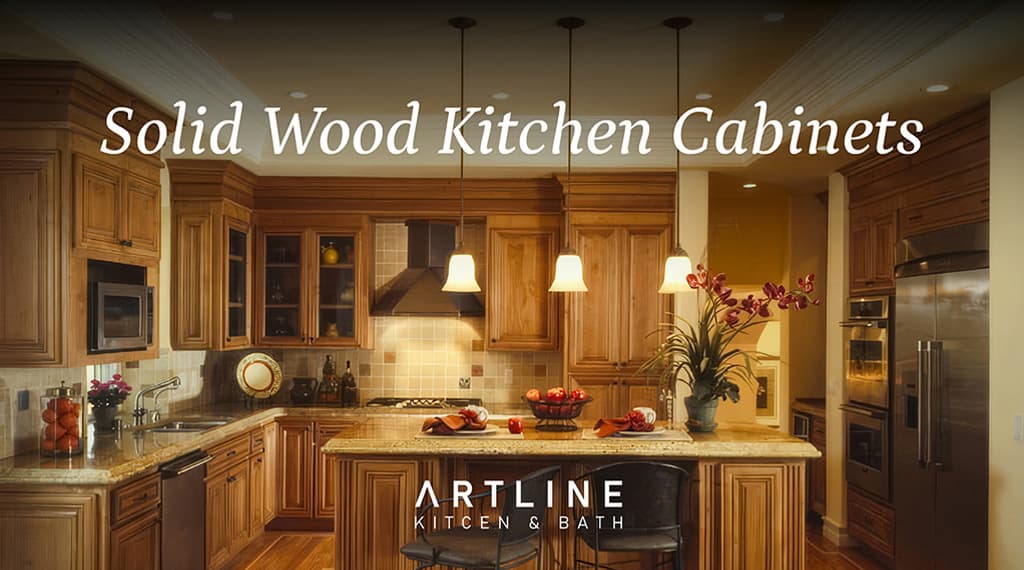Solid wood kitchen cabinets are the highest quality in kitchen cabinetry, crafted entirely from natural timber. Unlike particleboard or MDF cores, these kitchen cabinets are made from single, sturdy pieces of wood, offering exceptional strength along with a timeless look. Their popularity in kitchen remodeling stems from their natural beauty, durability, and the significant value they add to a home. Solid wood cabinets are often the best choice because they combine strength, timeless beauty, and lasting value.
Table of Contents
ToggleWhy Solid Wood Kitchen Cabinets Are a Great Investment for Your House?
Buying solid wood kitchen cabinets means investing in quality that lasts for many years. Unlike other materials that might show wear over time, solid wood often gains character as it ages. In a 2020 industry survey, around 45% of US homeowners indicated they prefer solid wood cabinetry over other materials because of wood’s long-lasting appeal.
What are The Key Features of Solid Wood Cabinets?
The appeal of solid wood cabinets lies in the variety of wood options, robust construction quality, and diverse finish possibilities. Homeowners benefit from choosing a material that offers both aesthetic appeal and durable utility.
- Material Types: Various wood species are used to create solid wood cabinets, each with distinct grain patterns, colors, and hardness that contribute to different styles and practical uses.
- Oak: Recognized for its prominent grain and durability, oak provides a traditional, rustic look. With its robust nature, oak is especially
suitable for kitchens where heavy use is expected. - Maple: Known for its smooth, fine grain and light color, maple offers a modern, clean appearance. It performs excellently when painted to create a crisp finish.
- Cherry: Valued for its rich, warm tones that deepen with age, cherry exudes an elegant appearance that enhances both classic and upscale kitchen designs.
- Other varieties, such as birch, hickory, and alder, add their distinctive charm, ensuring that each cabinet can be uniquely customized according to personal tastes.
- Oak: Recognized for its prominent grain and durability, oak provides a traditional, rustic look. With its robust nature, oak is especially
- Construction Quality and Durability: One of the most critical aspects of solid wood is its strength. These cabinets can withstand the daily wear and tear of kitchen use and resist common issues like warping or sagging that are typical in engineered cabinetry. Their ability to be refinished also means that scratches, dents, or minor damages can be remedied easily, extending the life of your investment for decades.
- Finish Options: The natural beauty of wood is versatile and can be accentuated or altered to meet different styles and trends.
- Natural Finish: A clear coat finish helps maintain the wood’s inherent color and grain, highlighting its organic charm.
- Painted Finish: For homeowners desiring a modern or custom look, solid wood cabinets can be painted in almost any color. This approach offers boundless design possibilities.
- Stained Finish: Stains penetrate the wood surface, enhancing its natural grain and altering the color from light to dark tones as per your design goals.
What are The Benefits of Choosing Solid Wood Kitchen Cabinets?
Opting for solid wood kitchen cabinets enhances your home’s market value, supports sustainability, and improves everyday functionality in your home.
Enhanced Resale Value
A major benefit of solid wood cabinets is their ability to enhance a home’s resale value. Many homebuyers perceive solid wood cabinetry as a premium feature that shows careful craftsmanship and durability. Industry reports have indicated that kitchens with high-end cabinetry can see a resale value increase of up to 5-10%. This means that investing in quality cabinets not only elevates your living environment but also represents a sound financial investment that pays dividends at the time of sale.
Sustainability and Longevity
In an era where environmental considerations are critical, solid wood cabinets shine as a sustainable option. Most of the wood used is sourced from responsibly managed forests, reinforcing the notion that this choice is eco-friendly. Additionally, the longevity of solid wood means that these cabinets do not require frequent replacement.
Research has shown that durable kitchen installations can reduce overall waste by about 30% compared to frequently replaced alternatives. This reduction in waste plays a vital role in sustaining the environment and contributes positively to long-term cost savings.
Aesthetic Appeal
The timeless charm of solid wood is difficult to match with synthetic materials. Its naturally varying grain and color create unique, individual pieces for each home.
- Versatility in Design and Style: Solid wood offers the flexibility needed to match almost any interior style, from traditional and rustic to modern and transitional. It can be carved into various designs and molded into custom shapes to meet specific aesthetic requirements.
- Customization Options for Unique Kitchen Spaces: Due to its adaptability, solid wood can be completely customized. Whether you need bespoke sizes or special finishes like the elegant Forevermark Kitchen Town Cream or the sleek Forevermark Kitchen Town White Opz, this material adapts to both modern trends and personal style preferences, making your kitchen truly one-of-a-kind.
Solid Wood vs Plywood vs MDF Cabinets
Solid wood stands out in the long run, despite a higher initial cost, when compared to plywood and MDF. This means you may avoid frequent replacements or repairs, saving money in the long run. Even if you decide to sell your home, solid wood cabinets often boost resale value.
| Material | Description | Pros | Cons |
| Solid Wood | Made entirely from natural timber, very strong, can be refinished many times, and naturally reacts to humidity. Good construction reduces warping. | Very durable, beautiful, natural grain, can be refinished, high resale value, and eco-friendly. | Higher upfront cost, can expand or contract with humidity, and needs specific maintenance. |
| Plywood | Constructed from thin layers of wood glued together with grains in different directions, providing stability and resistance to warping. Often used for cabinet boxes. | Strong and stable, lighter than MDF, better moisture resistance than particleboard, and holds screws well. | Edges can show layers if not finished, usually more expensive than MDF. |
| MDF | An engineered wood made from wood fibers, resin, and wax. Known for its smooth surface, ideal for painting. More stable than solid wood in certain humidity conditions. | Smooth surface for painting, stable (in certain humidity conditions), and affordable. | Less durable, vulnerable to water damage if the finish is compromised, heavy, and hard to repair if damaged. |
Cost Analysis: Is It Worth the Investment?
Though the upfront cost of solid wood cabinets tends to be higher than that of plywood or MDF, the long-term advantages often outweigh the initial expenditure.
- Budget Considerations: For those balancing quality and cost, a common strategy is to choose solid wood for visible parts, like doors and fronts, while using plywood for cabinet boxes. This hybrid approach creates a balance between durability and expense.
- Long-Term Savings: The ability to refinish solid wood cabinets multiple times means that minor damages can be repaired, significantly extending their lifespan. This results in less frequent and costly replacements, making the higher initial investment more justifiable from an economic standpoint over the years.
Tips for Choosing Solid Wood Kitchen Cabinets
Selecting the right solid wood cabinets requires thorough thought about your kitchen’s layout, usage patterns, and overall design aspirations, and involves picking a preferred color or wood type.
Your kitchen cabinet type should easily integrate with your home’s overall aesthetic, supporting both visual appeal and functionality.
- Kitchen Layout: Consider the flow and arrangement of your kitchen. For example, Shaker-style cabinets are known for their clean, versatile lines and suit a variety of layouts. In contrast, more ornate raised-panel designs may be better suited for traditional kitchens.
- Personal Taste: Your cabinets reflect your style. Spend time exploring a range of wood species, door profiles, and hardware options. Visiting local showrooms and exploring online design galleries can inspire and help you
envision the final result.
Important Considerations for Size and Finish
Accurate measurements and careful finish selection are key to achieving a cohesive and well-designed kitchen.
- Matching with Countertops and Appliances: Choose cabinet finishes that complement existing or planned elements such as countertops, flooring, and appliances. For instance, warm wood tones often enhance granite countertops, while painted finishes can offer a modern, crisp contrast to stainless steel.
- Lighting: Consider how both natural and artificial lighting will affect the appearance of your cabinets. Testing wood samples in your kitchen’s lighting conditions will help you better understand the eventual look of your finished cabinetry, ensuring greater satisfaction with the final design.
- Working with Kitchen Remodeling Professionals: Given the complexity of custom cabinetry, enlisting the help of professional
remodelers is highly advantageous. ArtLine Kitchen & Bath, with over 50 years of industry experience, guides you through every step, from material selection to precise installation. Their expertise ensures that your project is executed with meticulous care, high quality, and adherence to the latest design trends.
FAQs About Solid Wood Cabinets
How long do solid wood cabinets typically last?
With proper care, solid wood cabinets can last 50 years or more. Their sturdy construction and refinishable surface contribute significantly to their long-term longevity.
How do I clean and maintain solid wood cabinets?
Regular cleaning with a soft, damp cloth and mild soap is recommended. Avoid harsh chemicals and excessive moisture. Using specialized wood cleaners occasionally can help restore shine and protect the finish.
How do I clean solid wood cabinets?
A soft, damp cloth works for quick dusting. For deeper cleaning, use a gentle soap solution and dry immediately. Avoid abrasive cleaners, harsh chemicals, and excessive moisture that may harm the finish.
What is the difference between solid wood and wood veneer cabinets?
Solid wood cabinets are made entirely of natural timber, while veneer cabinets have a thin slice of real wood over a core like plywood or MDF. Veneer can offer the look of real wood at a lower cost, but solid wood has greater durability and can be deeply refinished.
Are solid wood cabinets susceptible to warping or cracking?
Wood naturally expands and contracts with humidity. However, reliable manufacturers use kiln-dried wood and proven construction techniques to minimize problems. Maintaining consistent indoor humidity levels further reduces risks.
Can solid wood cabinets be repainted or refinished?
Yes, one of solid wood’s biggest advantages is that it can be repainted or refinished. This extends its lifespan and lets you update your kitchen without a major overhaul.
Are solid wood cabinets an eco-friendly choice?
Yes, especially if the wood is sourced from responsibly managed forests. Wood is a renewable resource and often has a lower carbon footprint compared to synthetic alternatives.
Is the higher cost of solid wood cabinets justified?
Absolutely. The initial higher cost is offset by the longevity, enhanced resale value, and ability to be refinished, which collectively result in significant long-term savings and added home value.
Conclusion: Why Solid Wood Cabinets Are a Smart Choice
Solid wood cabinets represent a wise investment that combines functionality, durability, and timeless style. Their robust construction ensures that they can provide years, even decades, of reliable service, while their natural beauty brings unmatched elegance to any kitchen. Whether you opt for a natural clear coat, a painted finish, or a rich stain, solid wood adapts to your style and design aspirations. The enhanced resale value and reduced maintenance costs ensure that your money is well spent.

Types of Kitchen Cabinets
Kitchen cabinets fall into three categories: customization level, layout, and style. Custom, semi-stock, and stock cabinets vary in flexibility and


Kitchen Cabinet Guide for Homeowners (2025)
Kitchen cabinets shape a kitchen’s look, feel, and function. From stock options starting around $100 per linear foot to fully

